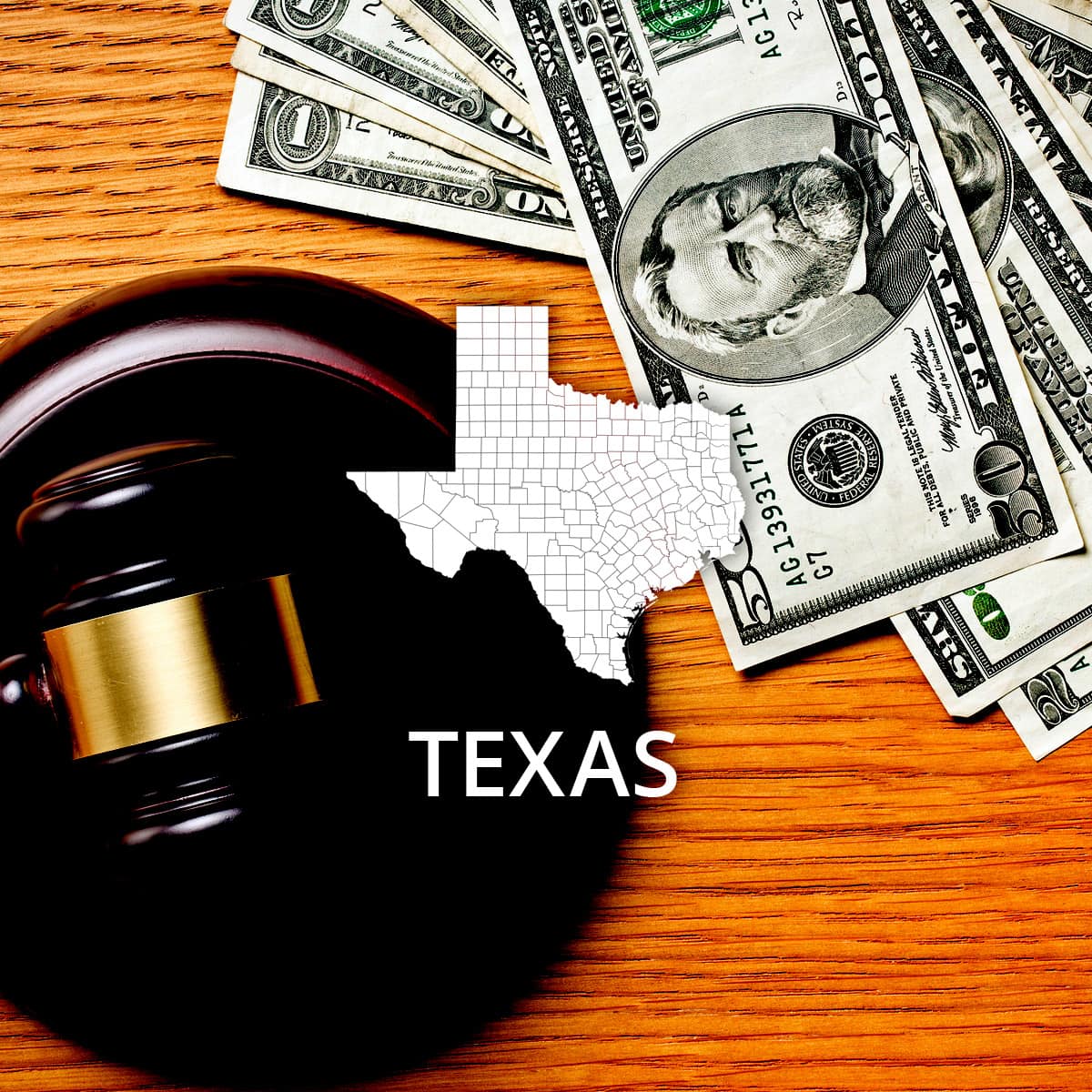Filing Bankruptcy in Texas
 The U.S. Bankruptcy Court has four districts in Texas, including Northern, Southern, Eastern and Western Districts. Bankruptcy is a matter of federal court and therefore governed by federal statutes. It is highly suggested that the advice of an attorney be sought if you are considering filing bankruptcy. The American Bar Association can help you find a lawyer who may offer free or reduced rate consultations.
The U.S. Bankruptcy Court has four districts in Texas, including Northern, Southern, Eastern and Western Districts. Bankruptcy is a matter of federal court and therefore governed by federal statutes. It is highly suggested that the advice of an attorney be sought if you are considering filing bankruptcy. The American Bar Association can help you find a lawyer who may offer free or reduced rate consultations.
Texas Bankruptcy Types: Chapter 7, Chapter 13 & Chapter 11
The most common types of bankruptcy include Chapter 7, 13, 11 and 12.
How to File Bankruptcy Chapter 7 in Texas?
Chapter 7 bankruptcy is filed by individuals who wish to liquidate their assets to help pay outstanding debts. Unsecured debts are often discharged in a Chapter 7, with some exceptions. Student loans and taxes, for example, may not be discharged in a bankruptcy.
How to File Bankruptcy Chapter 13 in Texas?
Chapter 13 allows an individual to reorganize debt with creditors in order to agree upon reduced balances and/or payments to make them more affordable. This option allows the debtor to keep property such as houses and cars and satisfy the creditors at the same time.
Filing Chapter 11 & 12 Bankruptcy in TX
Chapter 11 is filed by businesses wishing to reorganize debt, and Chapter 12 is reserved for fishermen and farmers who wish to file bankruptcy.
Bankruptcy will greatly affect your credit score and remain on credit reports for up to 10 years, affecting the ability to obtain credit during that time.
How Much Does it Cost to File Bankruptcy in Texas?
Court fees range from a few hundred dollars to more than a thousand, and must be paid on time or risk dismissal of the case. Chapter 7 petitioners may submit a waiver form to request the fees be waived or allow for a reduced payment plan over a period of time.
Steps to Filing Bankruptcy in Texas
Prior to filing bankruptcy in the corresponding district, debtors must first attend an approved credit counseling course and obtain a certificate of completion. Courses must be completed within six months prior to filing.
- The court requires multiple schedules, forms and documents in order to file for bankruptcy. Chapter 7 petitioners must also meet a means test, which measures their ability or inability to pay outstanding debts. Documents such as tax returns, current employment and income information, balance sheets showing net worth and property owned, as well as proof of identity must all be submitted to the court.
- A meeting of creditors is then scheduled by the court's trustee, where creditors may ask the debtor questions about his or her current financial situation. The creditors and debtor then agree to new repayment terms or discharges of debts, and this schedule is submitted to the court for approval.
- Debtors must also complete an approved financial management course in their district prior to the bankruptcy being discharged. Any late payments, filings or false/misleading information can lead to an immediate dismissal of the case.
TX Bankruptcy Court Forms
Additional information and bankruptcy forms can be found at http://www.uscourts.gov/forms/bankruptcy-forms or RecordsFinder.com Court Forms Section.
Texas Bankruptcy Court Locations
Texas has four districts of the U.S. Bankruptcy Courts. The Northern District of Texas has bankruptcy courts in Abilene, Amarillo, Dallas, Fort Worth, Lubbock, San Angelo and Wichita Falls. The Southern District of Texas bankruptcy courts are located in Brownsville, Houston, Victoria, Corpus Christi, Laredo, Galveston and McAllen. The Western District has courts in Austin, El Paso, Midland, San Antonio and Waco. Eastern District courts are located in Tyler, Plano and Beaumont; however, court may also be held at locations in Lufkin, Texarkana and Sherman.
